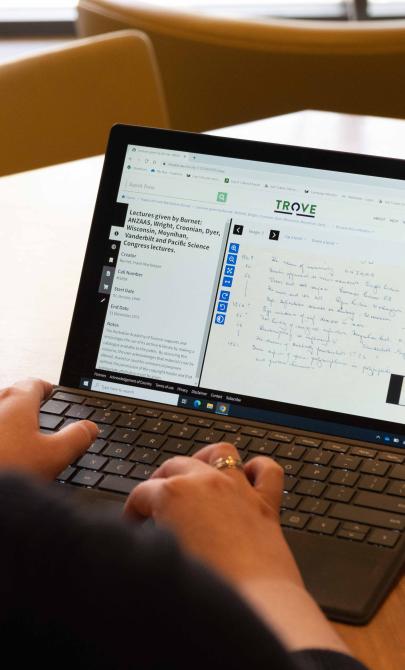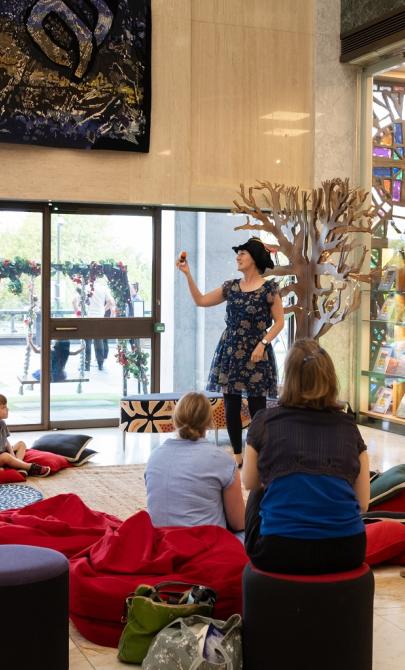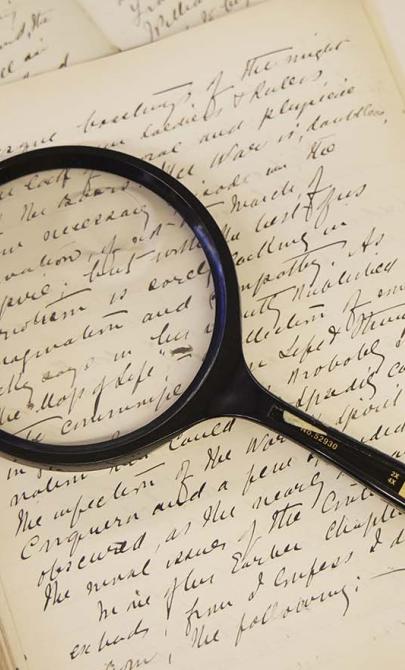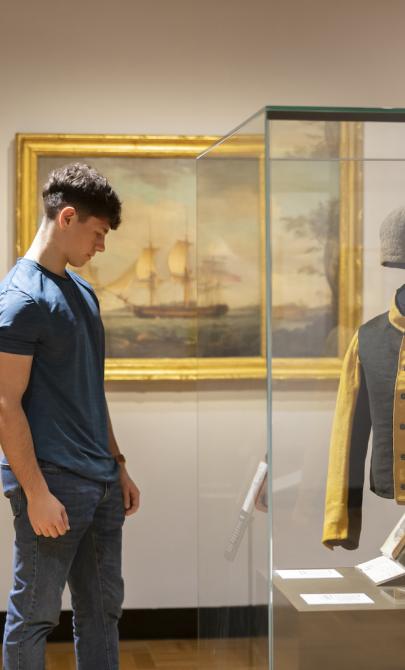The 1916 conscription debate
Before you get started
In 1916, the Australian Government asked Australians to vote in a referendum to decide whether it could force men to fight - and possibly die - in a war on the other side of the world. It was the first time people had been asked to make such a decision, but it would not be the last.
Read about the social and political context below in which Australians went to the polls to help you understand their world at the time they had to make this difficult decision. Use the Trove list to find primary and secondary sources relating to the issue.
Introductory activities
Activity 1: Understand the Context
In groups, discuss and define the following terms:
- Plebiscite
- Referendum
- Conscription
Then, drawing from your knowledge and research about battlefield conditions during WWI, write a letter home from the perspective of a soldier, sailor, or nurse. Consider these themes in your letter:
- Battlefield experiences: What do you see, hear, smell, and taste?
- Living conditions: Where is your unit stationed?
- Casualties: How do you cope with friends being wounded or killed?
- Trauma: How do you react physically and emotionally to the horrors of war?
- Homesickness: What do you miss most about home?
This activity helps to give personal context to the debate over conscription and introduces the issues that will be explored later in the module. Students should reflect on these letters before and after the classroom vote.
Activity 2: Current Referendums in Australia
Research whether the Australian Government is currently considering any referendums. If so, what are they?
Historical Context
In October of 1916, the war raged across the world. Australian forces had been involved in many parts of the world including the Pacific, the Western Front and, of course, Gallipoli. Casualties were mounting, progress of the war was uncertain and, although the notion of it being ‘over by Christmas’, had not been entirely abandoned, a third Christmas was approaching with no end in sight.
The Australian Government understood what was required for its defence. With the departure of British regular army forces from Australia in 1870, the Australian colonies took on the responsibility for their own defence. After federation, Australia established one defence force, created from the militia that already existed in the colonies.
The Australian Government introduced the defence acts of 1903 and 1904, allowing men to be called up for military duty in times of war. By 1911, another act introduced universal military training. This empowered the government, in times of peace, to make all men between the ages of 18 and 60 undergo compulsory military training. Field Marshal Viscount Kitchener of Great Britain had visited Australia in 1909 and made recommendations on how an 80,000-strong Australian fighting force could defend Australia during the ‘conduct of a great war’. In such a war, the British Royal Navy would need to be concentrated somewhere other than Australia, so Australia would have to protect itself.
At the outbreak of the First World War, both the Australian Government and much of the population did not hesitate to commit themselves to the war effort, both at home and abroad. For many, fighting for king and mother country (that is, Britain) was taken for granted. In 1914 and 1915, many enlisted so there was plenty of manpower that could be provided for the war. The fact that the acts of 1903, 1904 and 1911 did not grant the power to conscript men into active military service outside Australia was of little concern at this point.
As the war progressed, Australian troops engaged in battle, first in New Guinea and the Cocos Islands, and then later at Gallipoli and the Western Front. Although there were some initial successes in battle, people became aware of the reality of a modern industrial war when casualty lists—of those killed, missing in action or wounded—began to appear.
In the early days of the war, often recruits who lived in the same areas formed military units. This meant that many men fought side by side with their childhood friends, their schoolmates and members of their sports teams. In some cases, they fought alongside members of their own family.
The names of newly recruited men and boys were listed in newspapers and often at local post offices and churches. The process of recruitment devastated communities, and in some cases almost wiped out a generation of young men. Before the 1916 referendum, there were more than 17,000 Australian deaths in the major battles or campaigns:
- the Battle of Gallipoli - 8,709
- the Battle of Fromelles - 2,000
- the Battle of Pozières - 6,800
These numbers do not include Australians who were killed in other major battles, deaths brutally referred by the officials as ‘wastage’. They also don’t take into account the number of wounded, some so horrifically that they had already been sent back to Australia.
Podcast: The Divisions of 1916
Listen to the podcast discussing the deep divisions in Australian society caused by the 1916 conscription referendum and its lasting impact.
The Outcome of the 1916 Referendum
In the end, the referendum was defeated. Of the 82% of Australians who voted, 1,087,557 supported conscription, while 1,160,033 opposed it.
How would you have voted, and why?
Concluding activities
Activity 3: Referendum questions
Read the 1916 referendum question:
Are you in favour of the Government having, in this grave emergency, the same compulsory powers over citizens in regard to requiring their military service, for the term of this War, outside the Commonwealth, as it now has in regard to military service within the Commonwealth?
Ask students:
- How would you rewrite this question to make it clearer?
- How could you phrase the question to encourage a “Yes” answer? What about a “No” answer?
- Many countries introduced conscription with restrictions. If Prime Minister Billy Hughes had been more specific about who could be conscripted, how might this have influenced the outcome? What restrictions would you have suggested?
- Why were there such deep divisions within the Australian Government over conscription?
- Why did trade unions and religious organisations take a stand on this issue?
- In 1916, voting was not compulsory in Australia. Find examples of democracies today that do not have compulsory voting and compare their voter turnout to the 82% turnout in the 1916 referendum.
Activity 4: Class Vote
Ask students to vote on the 1916 referendum question. Record how many vote Yes and how many vote No.
Activity 5: Research and Presentation
In groups, research the historical context of the 1916 referendum. Create a multimodal presentation using images, quotes, and documents from the era to persuade your classmates to vote either Yes or No. After the presentations, hold another vote on the referendum.



